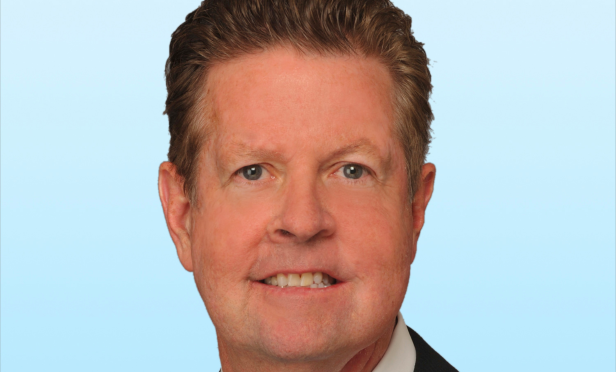 The Scottsdale Airpark is on fire—and it is rapidly exceeding the industries expectations. According to the latest forecast report from Colliers International, the Airpark has 59,132 employees, more than 43 million square feet of rentable space and 3,233 companies—and it still has runway left to grow. This is incredible growth since the original report in the 1980s, when the market has only 1.5 million square feet of space and 3,320 employees. Technology and tech companies have fueled the submarket growth and helped to boost density and redevelopment activity.
The Scottsdale Airpark is on fire—and it is rapidly exceeding the industries expectations. According to the latest forecast report from Colliers International, the Airpark has 59,132 employees, more than 43 million square feet of rentable space and 3,233 companies—and it still has runway left to grow. This is incredible growth since the original report in the 1980s, when the market has only 1.5 million square feet of space and 3,320 employees. Technology and tech companies have fueled the submarket growth and helped to boost density and redevelopment activity.
“Initially, many of the buildings were 10,000 square feet industrial flex buildings with 35% building to land coverage. Those buildings and companies would typically have 10-12 employees,” Jim Keeley, founding partner of the Scottsdale office at Colliers International, tells GlobeSt.com. “When the Loop 101 Freeway arrived in 2000, many companies, users and developers started building 30,000 to 50,000 square feet buildings with 20-25% building to land coverage and hence, 60-80 employees. When Technology began to emerge in 2004, these newer building occupancies grew to 90-120 employees with increased parking capacity. The Loop 101 has had, and continues to have, a big impact on the Scottsdale Airpark area.”
Even with this growth, the market continues to show runway for the future. By 2030, Colliers estimates the market will have 82,000 employees, 53 million square feet of a variety of office, flex, industrial, medical, retail, multifamily, hotels and car
dealership buildings and about 4,100 companies. “There is still stronger demand than supply and not a lot of new construction has occurred over the last ten years,” says Keeley. “This economic factor will slowly increase the rental rates and occupancy, which will then add confidence to the market to commence new construction.”
The Loop 101 extension was the catalyst for growth in 2005. Developers followed with large 200,000 to 300,000-square-foot office buildings. Then, in 2007, the market took a pause alongside the rest of the country. “Slowly but surely, these buildings did lease up, from 2009 to present,” says Keeley. “However, in 2017, there weren't many vacant land opportunities to develop new buildings, and the demand for free standing office building shifted to companies looking for buildings with more modern amenities.”
Now, developers are building mixed-use properties. “In previous cycles, we discussed tearing down buildings and doing more redevelopment, but there was enough land in previous cycles that prevented the redevelopment from starting,” adds Keeley. “In this cycle, we have seen the tearing down of older buildings, leading to the mixed-use.
Keeley expects mixed-use development to be the trademark of this cycle in the Airpark submarket. “The mixed-use properties will continue to fuel growth through 2030, along with the new development of Nationwide's 134 acre project, and some other State Land Parcels along the Loop 101 Freeway that will be developed by 2030,” he says. “The Scottsdale Airpark is very similar to these two areas as a large core of industry. As Metro Phoenix has matured, the Airpark and these two other markets have increased their construction density. Millennials are also attracted to these three mixed-use employment cores.”
© Touchpoint Markets, All Rights Reserved. Request academic re-use from www.copyright.com. All other uses, submit a request to [email protected]. For more inforrmation visit Asset & Logo Licensing.






